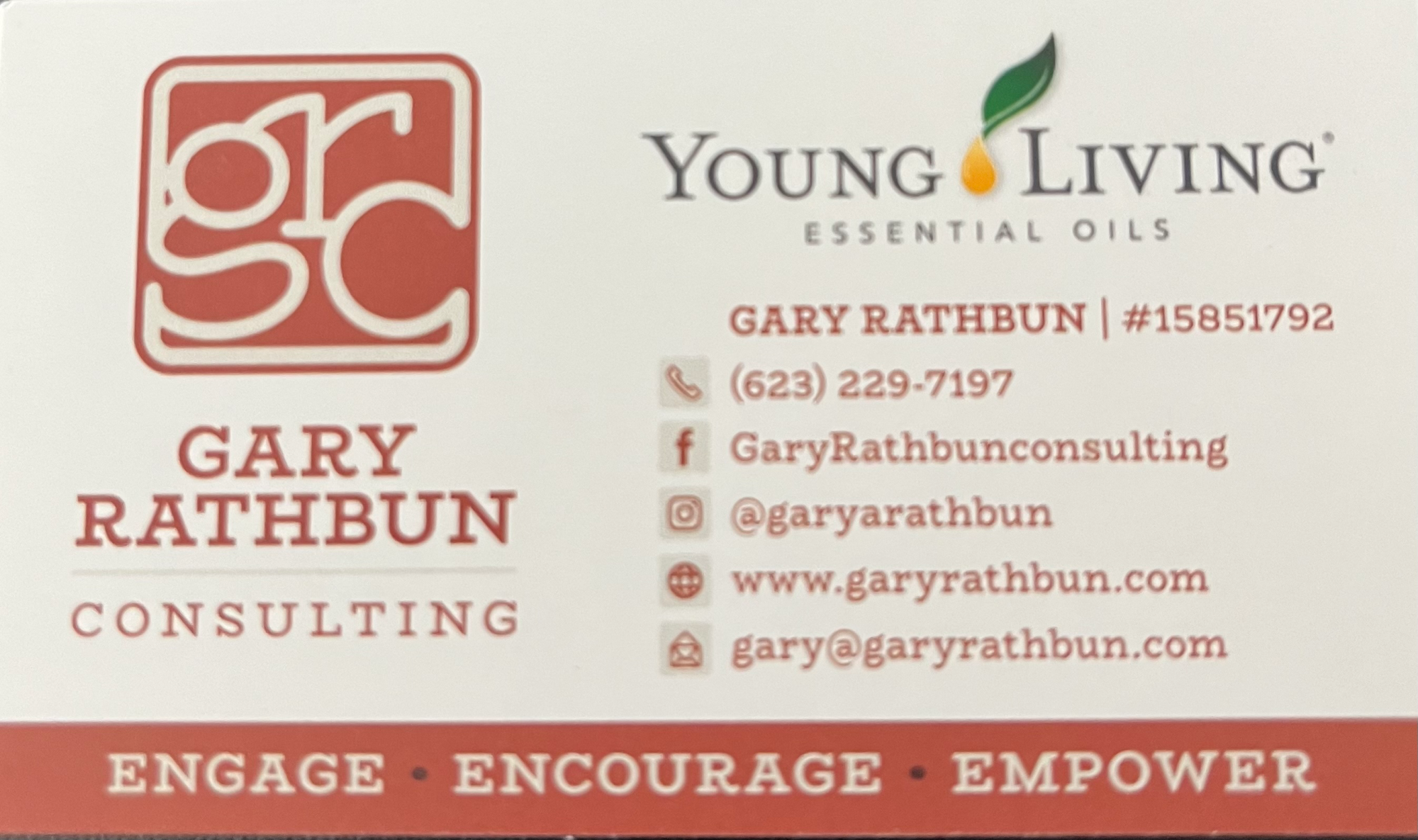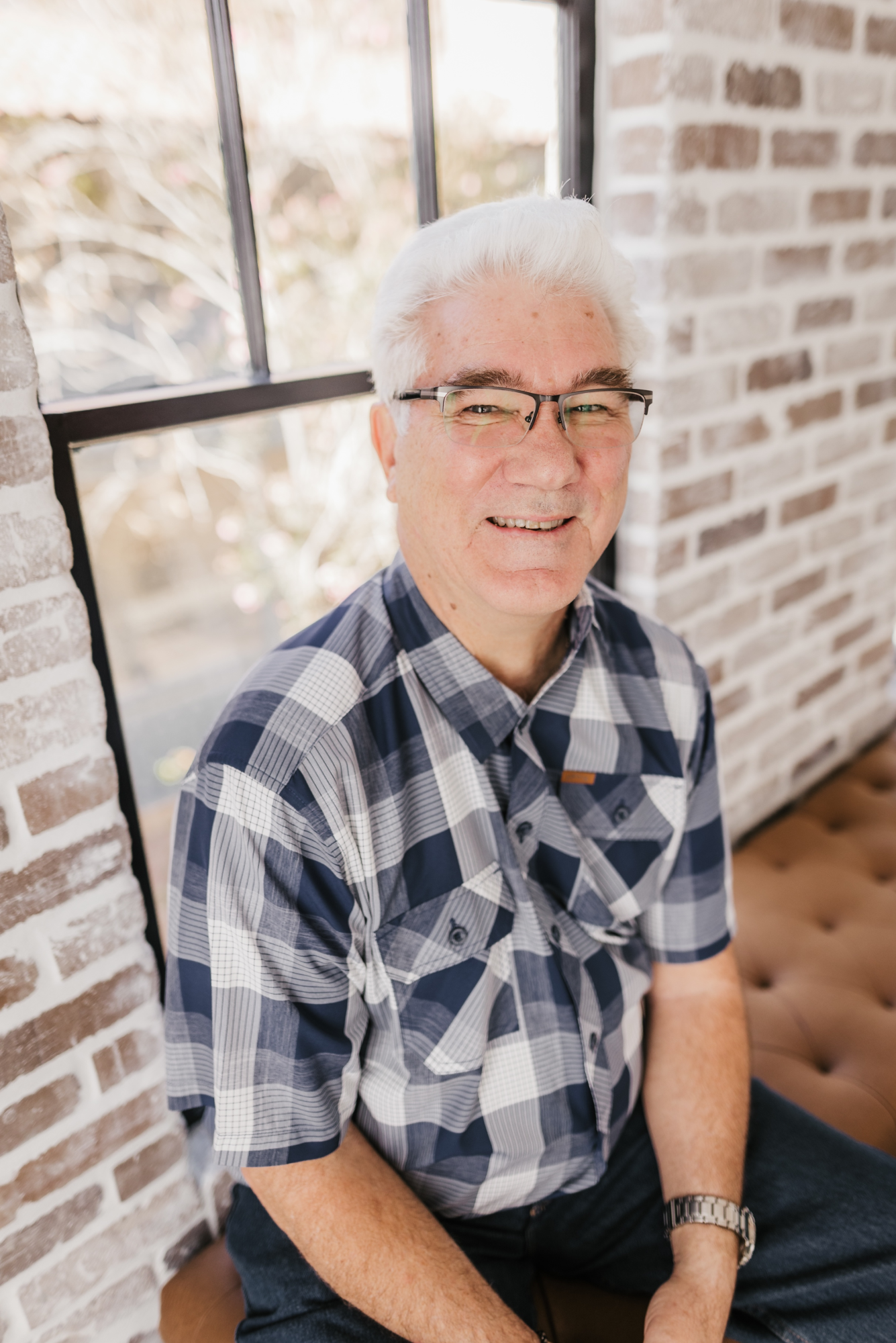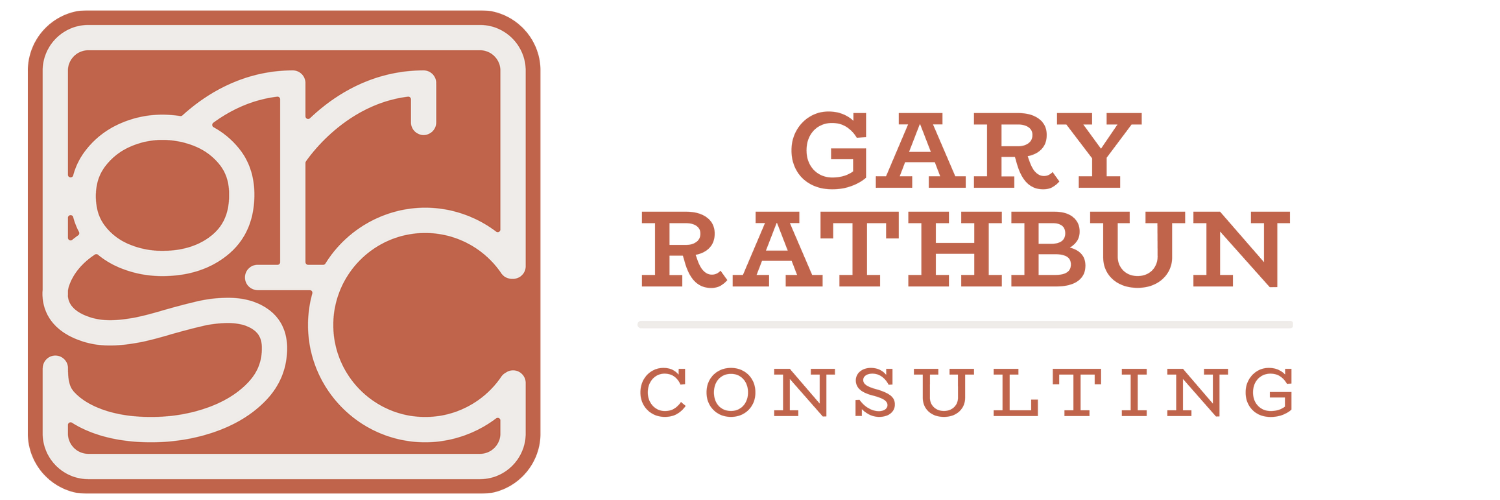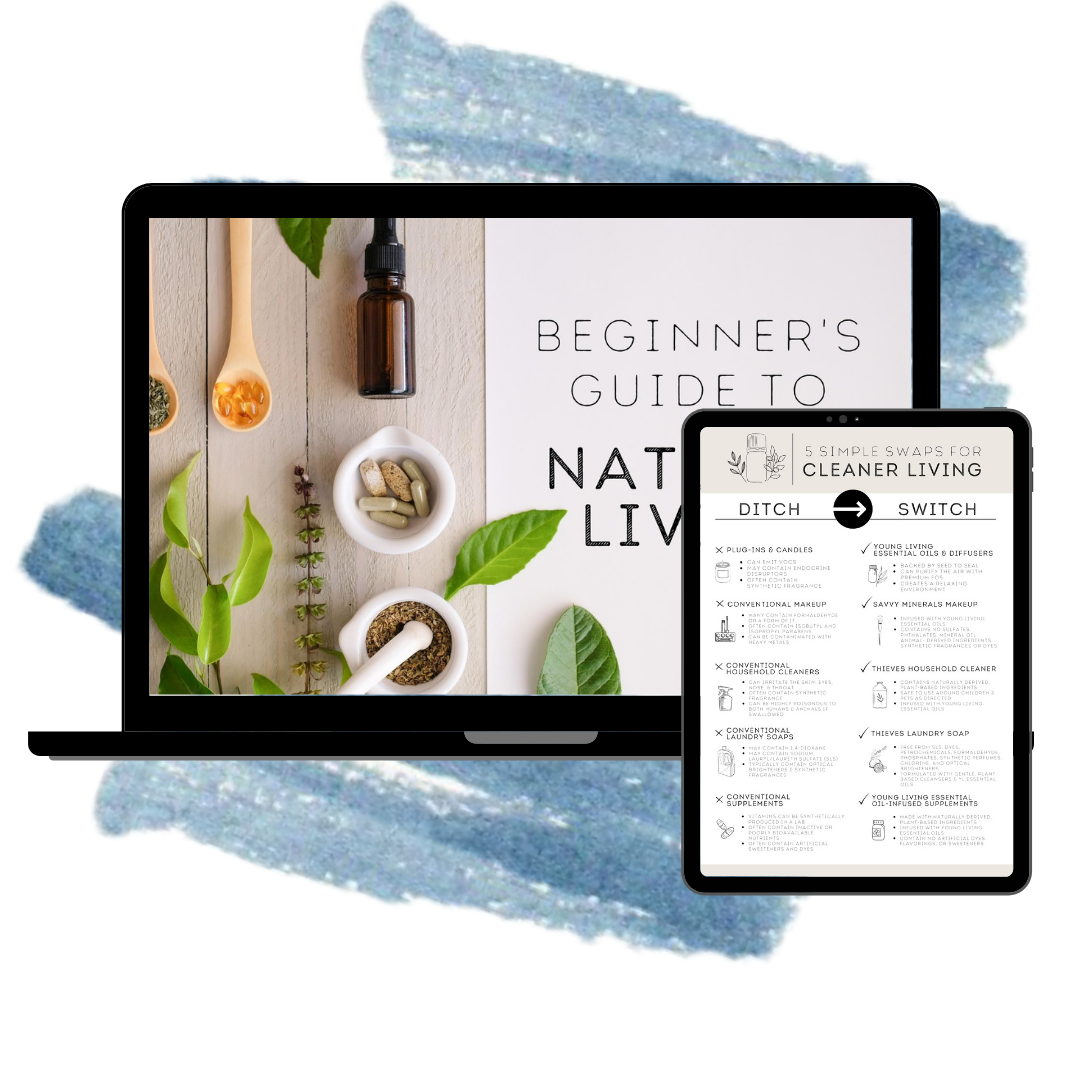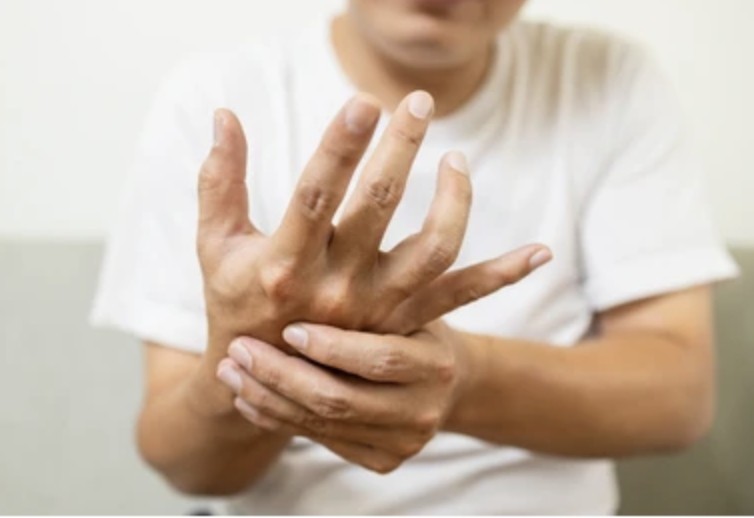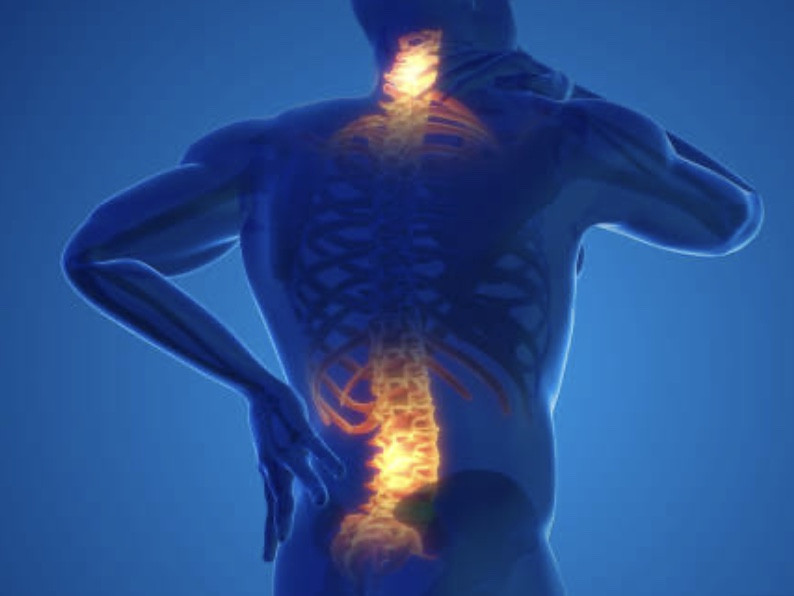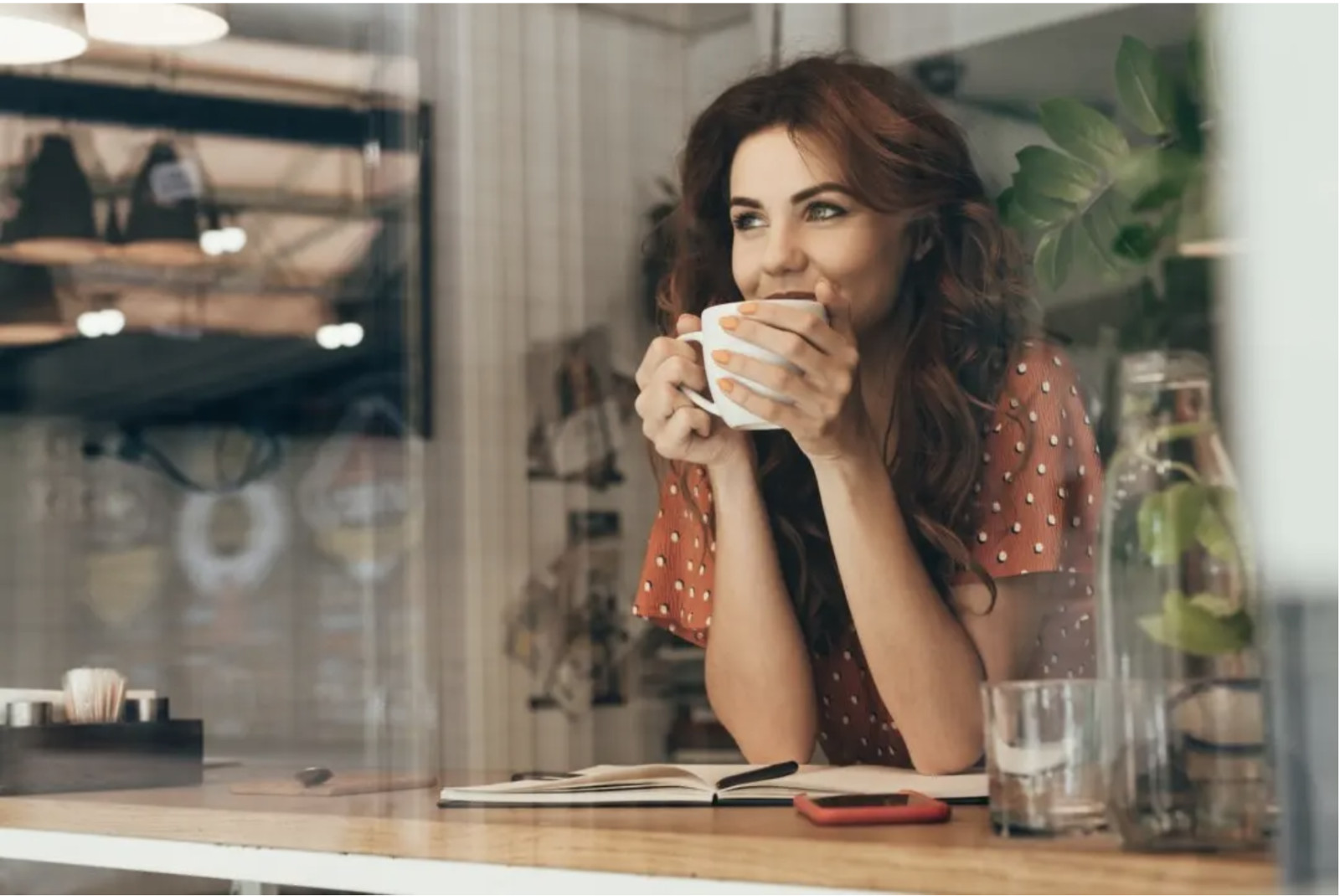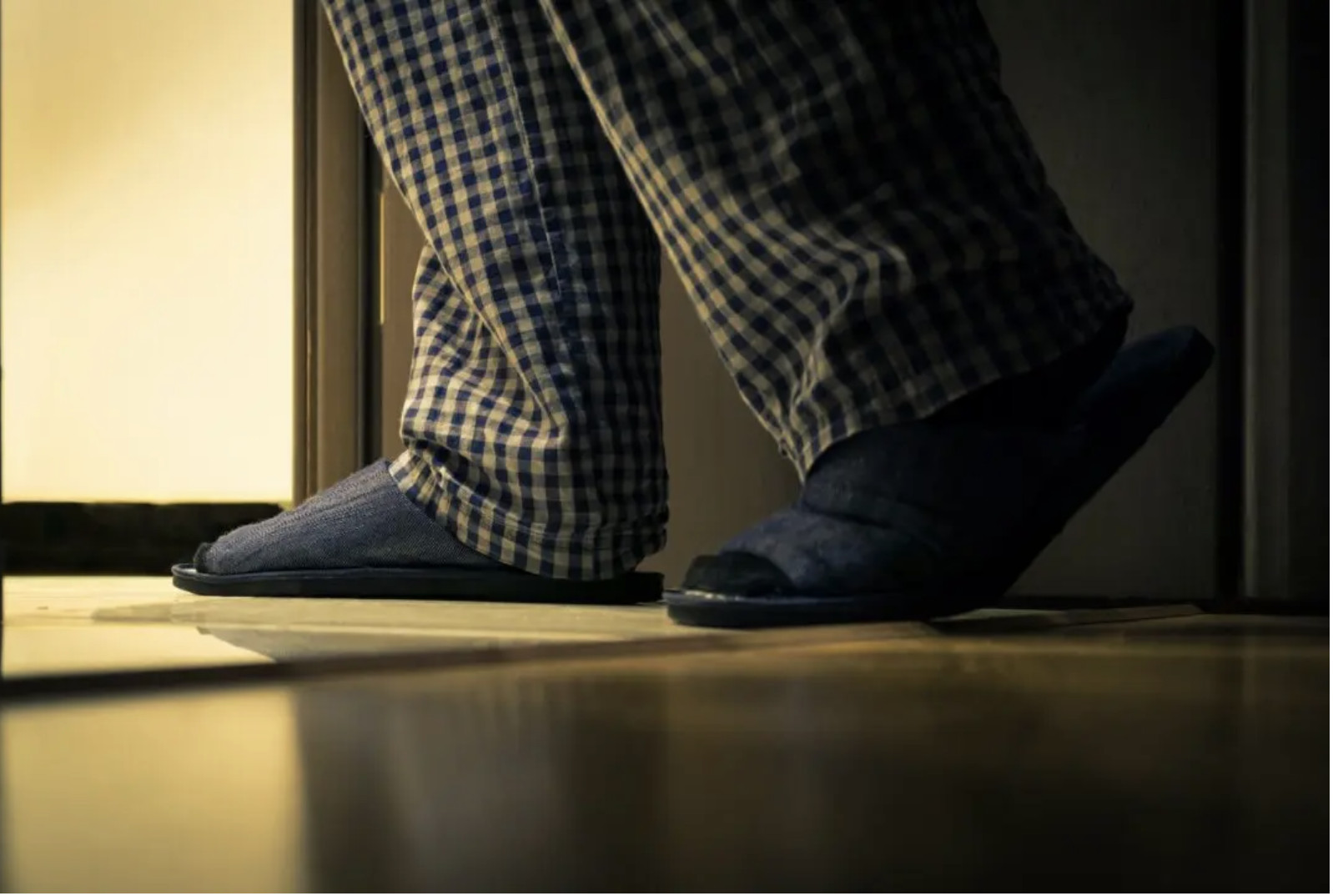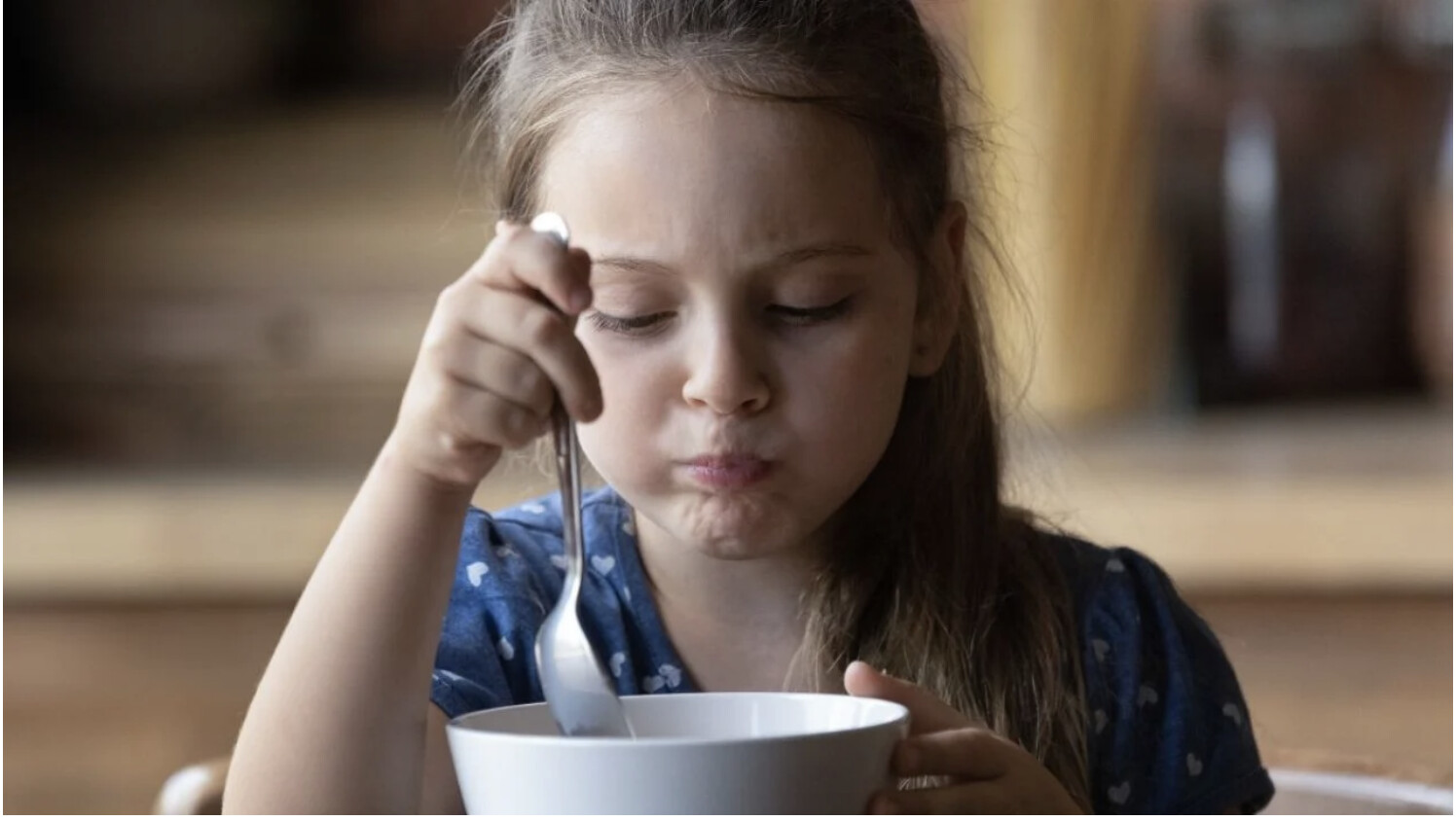
On January 30th, I posted a blog article " Weed Killer in my Cereal" see blog post here. That article talked about how the weed killer Roundup ended up in over 21 cereals! Needless to say, my craving for cereal was dampened quite a bit!
Just as I thought I would be safe in avoiding a weed killer in my cereal, ANOTHER bad chemical has been found in oat-based products....."Chlormequat". The Environmental Working Group (EWG), which I refer to quite often, found an additional dangerous agricultural chemical contained in oat cereals.
I will take components of the EWG research in this blog post, but if you want to read all of the scientific stuff, see the link below:
Overview
- EWG commissioned lab tests of 14 popular oat-based kinds of cereal, granola, and other everyday products and found concerning amounts of the chemical chlormequat.
- Chlormequat exposure in animal studies has caused a host of reproductive and other health problems, suggesting the potential for harm to human health.
- Unless and until federal regulators act to get chlormequat out of our food, buying organic can help reduce your potential exposure to the chemical.
A new EWG investigation finds for the first time troubling concentrations of the toxic agricultural chemical chlormequat in oat-based products sold in the U.S., including everyday brands marketed to adults and children. The chemical may be harmful to human health.
Chlormequat was discovered in all but one of 13 non-organic oat-based kinds of cereal, granola, and other products in EWG-commissioned tests conducted by an independent laboratory. Eleven products contained chlormequat levels higher than the amount we think is safe for children’s health, and one sample contained exactly that amount.
What is Chlormequat
Chlormequat is a type of chemical that alters plant growth in a variety of ways. It’s applied to oat and grain crops while they’re growing to stop them from bending over since that can make harvesting difficult.
Really: I guess these farmers are not concerned with our health!
Studies of animals exposed to the chemical show it can disrupt fetal growth and harm the reproductive system. These harms raise concerns about how chlormequat might pose dangers for human health, especially for children, because exposures during early life can lead to health harm later on.
Chlorinequat is approved for agricultural commercial use on ornamental plants only – not on oats or any other food products grown in the U.S. But imported oats can have chlormequat residue in them, which is how they end up in the food we eat.
The Health Effects on Animals
EPA approval of especially high levels of chlormequat in imported oats raises alarm because of the studies showing the chemical’s connection to developmental and reproductive toxicity in animals and risks for humans.
Studies published in the past several years showed that exposure to chlormequat in laboratory animals disrupts fetal growth, changing the development of the head and bones and altering key metabolic processes. Other studies of laboratory animals found that chlormequat exposure during pregnancy could delay development during puberty and cause changes in sperm motility later in life. Another study found chlormequat could decrease the amount of testosterone produced.

The fact EWG are finding increasing amounts of chlormequat in U.S. food is further cause for concern, given its acute toxicity and severe poisoning AND death reportedly cause by chlormequat ingestion --eerily similar to the weedkiller Roundup!
An Alternative
As mentioned in the January post, the best cereal alternative and one you can trust to not have any harmful chemicals is: Young Living Einkorn Cereal
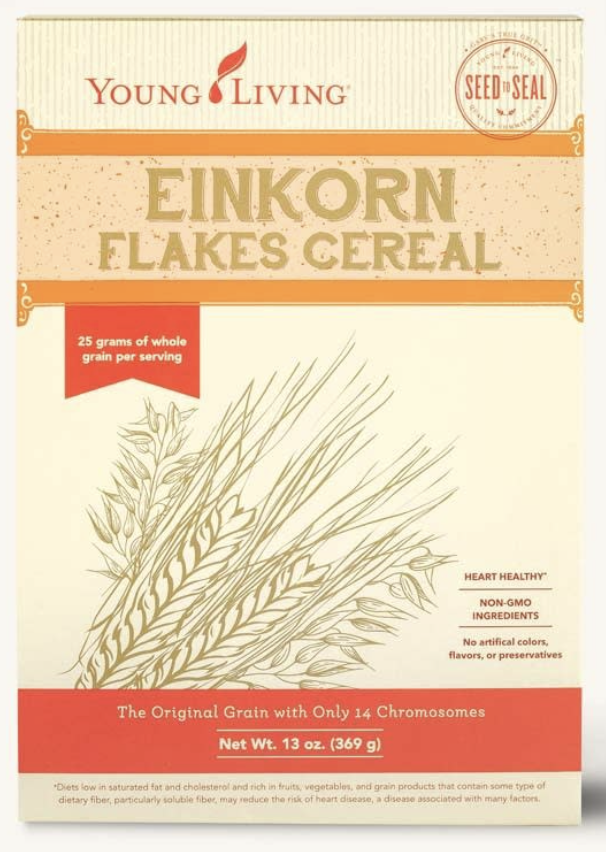
Einkorn Flakes Cereal is the ideal way to fuel up for a busy day. It’s crafted with einkorn grain, which is an ancient whole grain that contains higher levels of protein and trace minerals and lower gluten levels than modern hybridized wheat. With a delicious taste and 25 grams of whole grains and 4 grams of protein in every serving, Einkorn Flakes Cereal is a nutrient-dense breakfast the whole family will enjoy.
FEATURES & BENEFITS
So why do I recommend Einkorn cereal? Below are the reasons WHY ……
- Great natural taste*
- 25 grams of whole grains and 4 grams of protein in every serving*
- Low in fat, with no trans-fat*
- Diets low in saturated fat and cholesterol and rich in fruits, vegetables, and grain products that contain some type of dietary fiber, particularly soluble fiber, may reduce the risk of heart disease, a disease associated with many factors *
- Contains higher levels of protein and trace minerals and lower gluten levels than today’s wheat because of its unique genetic code
- Einkorn grain does not contain the same protein structure that is found in other types of grain and may be a good alternative for those who are sensitive to modern grain
In Summary
So how does the cereal get “glyphosate” or "chlormequat" in the first place? Think about it!
If the farmer uses an herbicide to control weeds on the ground or wants the wheat to stand at attention, then the wheat stock can absorb those chemicals. The company makes the cereal with contaminated wheat, with no regard for your health!
If you are willing to “Ditch and Switch” to a healthy cereal, try Young Livings Einkorn cereal. Young Living also makes wheat spaghetti, wheat flour, and other wholesome products.
If you would like to order the Einkorn cereal or other Einkorn products, visit my website below and set up an account to order:
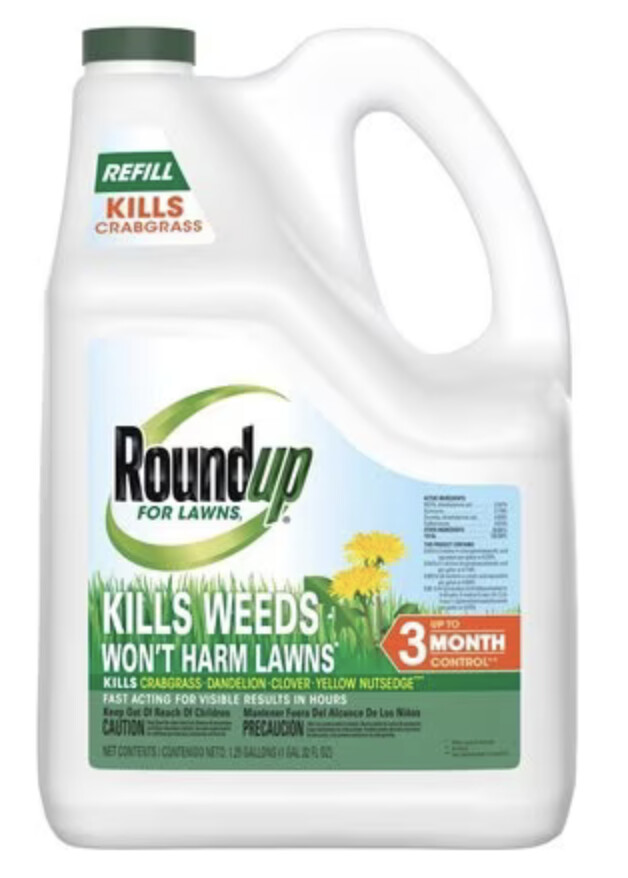
Have you ever wondered while walking down the cereal aisle in your favorite grocery store, you may be looking at food with weed killer in them? Would you buy them? NOT ME!
I certainly didn’t realize this fact until I read an article from the Environmental Working Group (EWG), originally published in 2019. However, recent tests by EWG still found the chemical “glyphosate”, an ingredient in Roundup, still present in 2023! So, no progress has been made to rid wheat of this herbicide!
I must admit, this article scared me quite a bit, but just think of all those kiddos these cereals are being targeted to! Do the parents realize what is in these cereal products? I won’t disclose the names of all cereals that contain “Roundup, but I will never look at Cheerios the same again. However, the article does name them!
To read the full article which lists the actual cereals they tested, click the link below:
What is Glyphosate?
If you “Google” search glyphosate, then here is what it says:
Glyphosate is a widely used herbicide that has been associated with several health and environmental risks. In 2015, the International Agency for Research on Cancer classified it as a probable human carcinogen, based on evidence linking it to an increased risk of cancer. particularly non-Hodgkin lymphoma.
Additionally, glyphosate has been linked to various other health problems, including kidney and liver damage, birth defects, and reproductive issues. Studies have also shown that the chemical can disrupt the endocrine system, leading to hormonal imbalances and other health problems.
Furthermore, glyphosate is highly persistent in the environment and can persist in soil and water for many years. This can lead to long-term contamination of food and water supplies, which can pose a risk to both humans and wildlife. The widespread use of glyphosate has also led to the evolution of glyphosate-resistant weeds, which can be difficult to control and lead to increased use of more toxic chemicals.
Additionally, glyphosate is toxic to beneficial insects, such as bees, which play a critical role in pollination and maintaining ecosystem balance. All these factors contribute to the growing concerns about the dangers of glyphosate and the need for alternative, safer methods of weed control.
OK, WHO wants that in their cereal?
How do I know if the Cereal is safe?
How do I know if my cereal contains “glyphosate”? Well, some of them are listed in the Nutritional Facts label or ingredients as shown below. So it is VERY important to read any product label so you can make an informed decision!
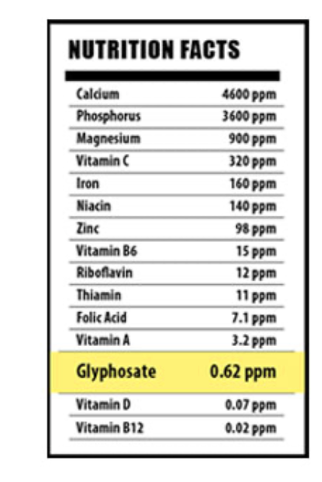
What is an Alternative?
If you like cereal as much as I do, then is there anything safe out there? Have you heard of Einkorn wheat and specifically Einkorn cereal by Young Living?
Einkorn is the most primitive form of wheat on Earth. It contains only 14 chromosomes, whereas modern wheat contains 42. Modem wheat is usually grown with synthetics to produce more crops, Einkorn does not have the D chromosome, which seems to relate to wheat intolerance in many humans. Einkorn is easier to digest and contains more protein and anti-oxidants than modern wheat.
What is special about Einkorn wheat?
It is higher in protein and lower in carbohydrates than modern wheat. It is richer in carotenoids, B vitamins, and essential and trace minerals than modern wheat. It tastes excellent with a nutty flavor, silky texture, and buttery yellow color.
 Einkorn Flakes Cereal is the ideal way to fuel up for a busy day. It’s crafted with einkorn grain, which is an ancient whole grain that contains higher levels of protein and trace minerals and lower gluten levels than modern hybridized wheat. With a delicious taste and 25 grams of whole grains and 4 grams of protein in every serving, Einkorn Flakes Cereal is a nutrient-dense breakfast the whole family will enjoy.
Einkorn Flakes Cereal is the ideal way to fuel up for a busy day. It’s crafted with einkorn grain, which is an ancient whole grain that contains higher levels of protein and trace minerals and lower gluten levels than modern hybridized wheat. With a delicious taste and 25 grams of whole grains and 4 grams of protein in every serving, Einkorn Flakes Cereal is a nutrient-dense breakfast the whole family will enjoy.FEATURES & BENEFITS
So why do I recommend Einkorn cereal? Below are the reasons WHY ……
- Great natural taste*
- 25 grams of whole grains and 4 grams of protein in every serving*
- Low in fat, with no trans-fat*
- Diets low in saturated fat and cholesterol and rich in fruits, vegetables, and grain products that contain some type of dietary fiber, particularly soluble fiber, may reduce the risk of heart disease, a disease associated with many factors *
- Contains higher levels of protein and trace minerals and lower gluten levels than today’s wheat because of its unique genetic code
- Einkorn grain does not contain the same protein structure that is found in other types of grain and may be a good alternative for those who are sensitive to modern grain
INGREDIENTS
Whole-grain einkorn flour, coconut sugar, Oat bran, Salt, Mixed tocopherols (Vitamin E)
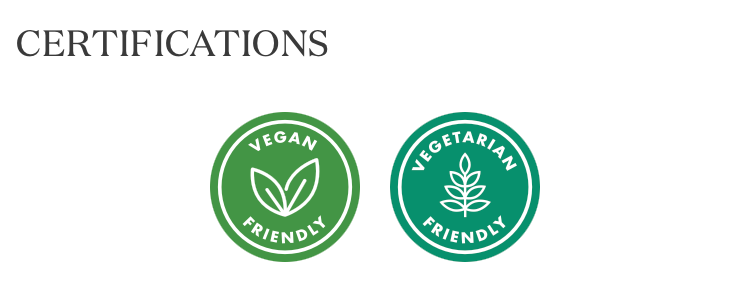
In Summary
So how does the cereal get “glyphosate” in the first place? Think about it!
If the farmer uses an herbicide to control weeds on the ground, the wheat stock can absorb the herbicide. The company makes the cereal with contaminated wheat, with no regard for your health!
If you want to “Ditch and Switch” to a healthier cereal, try Young Livings Einkorn Cereal. Young Living also makes Einkorn spaghetti, Einkorn flour, and other wholesome products.
If you would like to order the Einkorn cereal or other Einkorn products, visit my website: www.garyrathbun.com and set up an account to order!

I admit I already have gray hair, but I always wondered why I started graying in my 20s.
Ok, I know this topic is for maybe older people that have graying hair, but did you ever wonder WHY hair starts to gray? I found this article from Epoch times and was curious about what the scientists found.
Now you know that graying hair cannot be stopped, but at least we can use essential oils to enhance your hair's appearance and stamina. I’ll try to keep this information understandable and in plain English, but I might fail a little!
An Embarrassing Story
When I was getting my haircut at a mainstream establishment, the stylist told me that my hair needed some help. WHAT? My hair has been gray for over 40 years, so I was shocked. I thought she would tell me that my hair had grown too long, and she needed to cut it…. but needed help? You should have seen my reaction!
The stylist looked at my hair and told me that my gray hair was turning white. I always thought that “silver” was more appropriate, but white? I knew that my graying hair would look horrible being white.
So, I asked for recommendations from the stylist, and to my surprise, she suggested that I use Young Living lavender oils. So just like a doctor, I followed her instructions! I started using the Young Living oils immediately and saw great results. My hair was much darker and fuller….and silver!
I used the oils for three months, and I noticed a big difference in my hair. Now I know what to do!
Read on if interested in what you can do to help
enhance your hair with essential oil products!
How it Happens
Gray hair is a rite of passage that happens to virtually everyone by the age of 50 (and usually starts much sooner). Despite its commonality, why hair grays have remained much of a mystery, until now.
- An international team of researchers has discovered the first gene linked to gray hair
- The gene has previously been linked to blonde hair in Europeans and is now connected to gray hair as well
- The gene accounted for about 30 percent of hair graying among study participants
Once you reach the age of 30, you have a 10 percent to 20 percent chance of graying hair with each passing decade.1 It’s a fact of life that, eventually, virtually everyone will go gray.
Your hair color comes from a pigment called melanin. Each hair may contain dark melanin (eumelanin) and light melanin (pheomelanin), which blend to form the many shades of hair color among humans. When you’re young, special pigment stem cells called melanocytes inject pigment into keratin-containing cells.
This keratin, a protein, makes up your hair and is responsible for giving it its color.
As you age, melanin is reduced, which is why your hair turns gray and, ultimately, white (this means there’s no melanin left).
Hmmm. That means I have no melanin left in my noggin! Darn!
Does Your Hair Have Its Own ‘Biological Clock?
According to Desmond Tobin, Ph.D., professor of Cell Biology from the University of Bradford in England, your hair follicles may be regulated by a “melanogenic clock” that eventually slows down the activity of melanocyte cells. Further, according to the Library of Congress:
“… Tobin suggests that hair turns gray because of age and genetics, in that genes regulate the exhaustion of the pigmentary potential of each individual hair follicle. This occurs at different rates in different hair follicles. For some people, it occurs rapidly, while in others it occurs slowly over several decades.”
It’s known, for instance, that white people may start going gray in their mid-30s, while Asians typically go gray beginning in their late 30s. African Americans typically don’t go gray until their mid-40s.
What Else Causes Gray Hair?
Other factors for why hair turns gray include:
•Hydrogen peroxide — Hydrogen peroxide is a well-known tool for bleaching your hair, but many people aren’t aware that your hair cells make hydrogen peroxide, too. As you age, the amount produced increases, which researchers believe ultimately bleaches out your hair pigment, turning your hair grey and then white.
•Smoking — There is a significant association between tobacco use and graying of hair. Cigarette smoking is also linked to premature hair graying, with the onset of gray hair occurring before the age of 30.
•Oxidative stress — Oxidative stress can be defined as the state in which your free radicals (from pollution, poor diet, stress) outnumber your antioxidant defenses (from a healthy diet). Graying hair may be an indicator of oxidative stress-induced damage. Research has also shown that people with premature graying had a higher level of pro-oxidants and lower levels of antioxidants than those with normal hair.
•Vitamin B12 deficiency — This is also linked to premature gray hair, and there is at least one report of pigmentation returning to hair after the vitamin deficiency was resolved.
So, the moral of this section is don’t smoke or bleach
your hair if you don’t want to gray early!
Does Stress Cause Gray Hair?
It’s commonly believed that stress causes gray hairs (and many parents of teenagers or former presidents, whose hair often turns gray during office would likely attest to that). Science on this topic has frequently come up short, save a 2011 study published in the journal Nature and led by Nobel Prize winner Dr. Robert Lefkowitz.
That study found chronic stress and frequent activation of the “fight or flight” stress response leads to DNA damage that may promote not only aging, cancer, neuropsychiatric conditions, and miscarriages but also affect genes that control hair pigment.
The search for a cure for gray hair assumes that gray hair is a problem that needs solving. Nothing intrinsically bad about having gray hair. In fact, from a health perspective, you’re far better off going gray than using toxic hair dyes.
And if you’re thinking of embracing your silver locks, now’s a perfect time. So-called “granny hair” is the latest trend, with people paying salons big bucks to go gray. If you’re lucky enough to have earned your gray naturally, you can get this look for free. New York hair stylist Jan-Marie Arteca told Reuters
“Granny hair is basically silver hair, any tone of grey in your hair: steel grey, silvery grey, really, really white, platinum-ish with either violet or silver undertones … That’s the trend.”
OK, now we know why, let’s see what we can do to our graying hair!
Essential Oils for Gray Hair & How to Use Them!
Our hair has been a fascinating part that was never out of consideration in terms of beauty. For many people, hair is one of the main components of beauty. However, many face and struggle with the problem of grey hair. Be it because of age or any other health issue, most of us want to get rid of grey hair which is possible with the application of specific essential oils.
For hair, essential oils work wonders to solve dandruff problems, hair loss/ fall, promote hair growth & thickness, and what? Are we missing something? Yes – we are missing one of the widespread issues people experience nowadays – Noticing Gray Hair/ or the early onset of grey hair. Noticing Gray hair has become one of the general concerns of men and women – both.
Used oils, hair serums, conditioners, and expensive products too? Uggghhh... Frustrated? When so many options, why not essential oils yet? It’s time to go with the essential oils! Essential oils won’t ever break your hope and heart too. It’s safe if topically applied on skin, hair, and diffusers.
Here are several essential oils that are known to be beneficial for gray hair. They contain antioxidants and can help hair grow faster and stronger, as well as prevent hair loss. Essential oils can be incorporated into your daily skincare routine, but they can also be used to nourish grey hair externally.

1. Lavender Oil
This is one of the best oils that combat gray hair. It replenishes hair follicles with the proper nutrients, vitamins, and proteins.
It also has anti-inflammatory properties that help reduce swelling and inflammation.
This oil is also great for sensitive or damaged scalps; it can prevent scalp acne and hair loss by nourishing your scalp and promoting healthy hair growth.
For the best result, you can add a few drops of Lavender oil to a carrier oil and massage it into your scalp before going to bed. Let the oil soak in overnight. Do this for two or three weeks to see results.
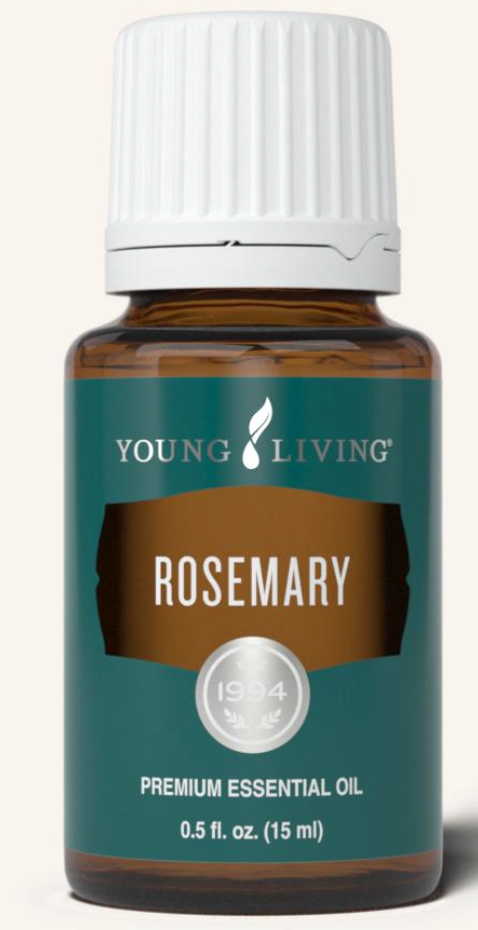
2. Rosemary Oil
Rosemary oil has similar properties to lavender oil. In the market, you can find many hair care products containing rosemary oil. You can use it for oil massages to your scalp to promote hair growth.
To use rosemary oil as a treatment for gray hair, heat a few drops of it in coconut oil for a few minutes and add a few drops of almond oil or olive oil. Massage the mixture on your scalp and leave it on for 30 minutes. Rinse your hair with shampoo and conditioner

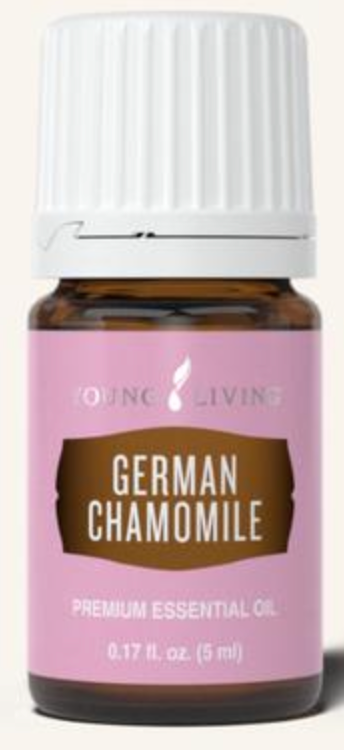
3. Chamomile Oil
Chamomile tea is good for relieving inflammation and stimulating hair growth. You can make chamomile tea by pouring boiling water over dried chamomile flowers. Let the tea cool and then strain it before adding a few drops of olive oil or coconut oil. Massage the mixture into your scalp and leave it on for 30 minutes. Rinse your hair with shampoo and conditioner.
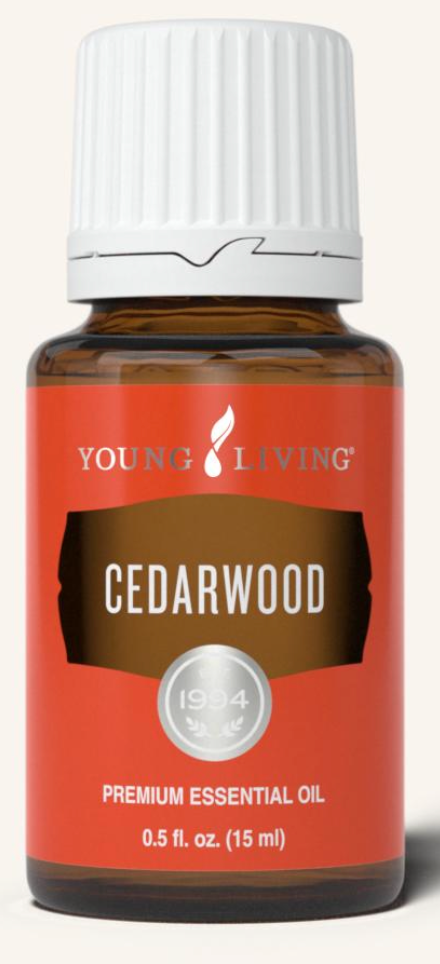
4. Cedarwood Oil
Cedarwood is known for its ability to control the oil-producing glands on your scalp. It is known for its antifungal and antibacterial properties; Cedarwood oil can be a great solution to your hair problems.
Additionally, it helps enhance hair growth and sheen and promotes the good health of your hair.
How to use: For its application, you need a carrier oil for dilution (Young Living V-6 oil, etc.). You can apply it to your scalp, massage it and then, after about 10 minutes, wash your hair with your regular shampoo.

5. Clary Sage
Clary Sage is yet another essential oil useful in preventing the premature greying of hair. It does so by slowing down the pace at which the hair follicles age. It enhances the hair's color and shine and promotes the thriving circulation of blood in your scalp. Therefore, making your hair healthy and glossy.
How to use: You must mix three drops of it in your regular conditioner or one tablespoonful of it in your carrier oil. Gently massage your scalp, sleep well using the head mask (if you want), and wash your hair the following day.
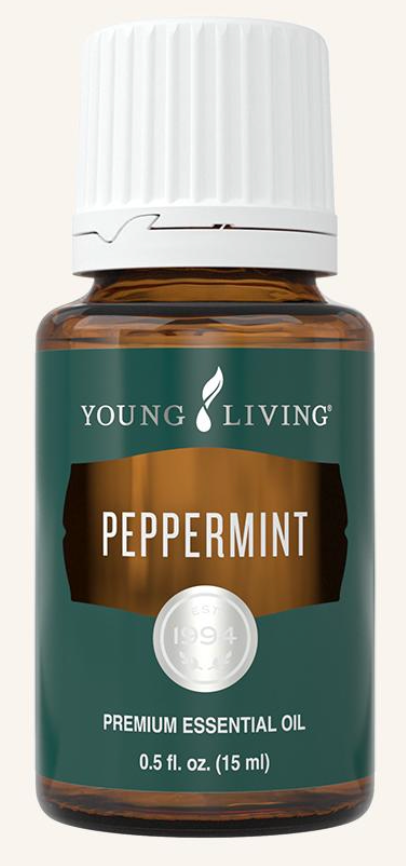
6. Peppermint
Peppermint helps promote hair growth, and it is essential for the issue of grey hair as it helps in the growth of newer and darker hair and thus, eradicating grey hairs. It enhances and guards the melanin production in the hair follicles, which is beneficial for getting natural dark hair.
How to use: For application, put a few drops of it in your carrier oil, retain it on your scalp for a few minutes, and then wash your hair. One can sleep with a relaxing head massage before going to bed and wash hair the following day. Along with the shiny appearance, the hair will look healthy and lustrous too.
Another way is to add the oils to your shampoo or conditioner, but if you want the best of both worlds, you can!
What Are the Types Of Hair That Respond Better To Essential Oils?
Pure, virgin hair from any ethnicity will generally respond to essential oils. This applies to hair that has recently been colored, too. If you have naturally thicker, coarser hair, you may need to experience more trial and error before finding the right essential oils for your hair type.
Can You Prevent Grey Hair with Natural Substances?
The short answer is: No.
There is no known way to stop grey hair from occurring, though various essential oils may slow down the process. The components of natural substances that are made up of atoms of carbon, hydrogen, and oxygen are the building blocks of all life. These same atoms are the building blocks of human hair, and when enough of the molecules have been removed from the hair, the hair will naturally begin to gray.
How To Preserve Your Gray Hair?
The best thing you can do to preserve your gray hair is to keep it well-conditioned. This means using hair care products with the best ingredients available today.
Recommended Shampoos and Conditioners
Keeping your hair well-conditioned depends on the type of shampoos & conditioners you use! If your current shampoo & conditioner contain any synthetic ingredients or fragrances, then you may want to avoid them. Young Living’s line of shampoos and conditioners do not contain any synthetic ingredients and in fact, DO contain essential oils that will do wonders for your hair….even if it is gray!
For example:


- Lavender Mint Clarifying Shampoo lifts away product residue, excess oil, and built-up pollutants, leaving hair feeling completely clean, refreshed, and full of soft body and bounce.
- Lavender Mint Clarifying Conditioner provides nourishing moisture to the hair and scalp leaving your hair feeling refreshed and full of weightless body and shine.
Whatever product you use, read the ingredients label to ensure you are not damaging your hair!
In Summary
Essential oils are immensely beneficial for countless applications. Essential oils promote releasing stress to prevent greying hair, they come to the rescue whenever possible. There are essential oils that will help you darken your hair and regrow healthier and glossier hair.
When you take proper care of your hair and the regular hair routine with essential oils, you can easily battle premature graying and get strong, thick hair and can try all your favorite hair trends and make all heads turn.
Bottomline
Essential oils are all-natural and very effective in making your gray hair look younger ( I need that as I am almost 70)! You just need to know which oil works best for your specific hair type.
Sources
Have you ever heard of the term greenwashing? What does it mean, how can I tell, and what can I do to avoid it? I will attempt to provide an overview so you can make better-informed decisions on what products you buy!
Please note: This article is more about the ingredients, not the bottle or container in which the product is in. Although Greenwashing refers to both…I am focused on the contents in the bottle or box!!
It all started with a towel
Greenwashing was coined by a student looking for a towel in the 1980s at a hotel in Fiji. It’s said that he found a note asking hotel guests to pick up their towels because reusing them would help the environment. That student was the environmentalist Jay Westerfield, who noticed an astonishing irony. While the resort claimed to be protecting the reefs and the island’s ecosystem on the note, the resort was in the middle of an expansion. Westerfield wrote an essay, citing the hotel’s note as greenwashing for a literary magazine, and the term got picked up in mainstream media.
What does the term “Greenwashing Mean today?
The term “greenwashing” now is used to highlight organizations that spent more resources advertising that they are green than the actual time spent making their products and organization green (Orange and Cohen 2010).
The Cambridge Dictionary defines greenwashing as: ‘behaviors or activities that make people believe that a company is doing more to protect the environment than it really is.’ At its worst, this means companies making straight-up false claims about the sustainability of their products.
How can I spot “Greenwashing”?
82% of American customers say that they will continue to use a brand they trust, even if a competitor becomes popular and trendy. But they won’t hang around for long if your advertising is misleading. Greenwashing can severely harm your reputation and diminish customers’ overall trust in your brand.
Companies that use false or misleading labels
It’s an unfortunate reality that labels on the packaging are often designed to mislead or confuse – and many of the terms used aren’t certified or verified at all. ‘Corporations can use labels on their packaging like “Certified”, “100% Organic” and “Bio” without any proof that they actually are any of these things,’ explains Charmaine Morrison-Mills of climate change charity 1 Million Women in a blog post. ‘These misleading labels can also extend to logos, such as earth logos. [They] can create a sense of credibility to the product, while in fact they are false.’
Companies that use irrelevant claims
Sometimes, brands will claim they are ‘free’ of a certain substance, like CFC, that has already been banned by law. ‘Therefore [this is] irrelevant to advertise as part of being “green”,’ argues Morrison-Mills.
Greenwashing Terms
Be on the lookout for greenwashing marketing terms like:
- Eco-Friendly
- Organic
- Green
- Pure
- Gentle
- Sulfate-Free
- Paraben-Free
- All-Natural
- Herbal
Did you know? The FDA does not care or REGULATE any of these terms! Therefore

So, what does have to do with Young Living?
As more and more people are thinking & going green, even including the products they use to clean their bathrooms, kitchen, and clothing. But what does saying a product is “green” even mean? Eco-friendly products may use less plastic in their packaging, but that does not mean they are free from harmful chemicals.
The Young Living brand is a brand that I trust. They are fully transparent about what ingredients they use!
Instead of being filled with harmful chemicals and toxins hiding behind marketing gimmicks, Young Living’s products contain the purest plant-based ingredients. They hold everything they produce to the highest of high standards that far exceed even an “organic” label. In addition to oils, they also make hundreds of other incredible products.
With Young Living, you can easily check off all the things on your list for your home. This makes it so easy to ditch the toxins likely lurking in your drawers and swap them with something safer instead. Ordering online means you don’t even have to leave your house (or put on pants!)
Simply put, the only thing inside each bottle of oil is the plant itself-no additives, fillers, synthetic fragrances, preservatives, or dyes (which can NOT be said for store-bought oils). These pure essential oils are then combined with other plant-based ingredients to create extremely effective, high-quality, oil-infused products to use throughout your home and life.
WHAT MAKES THEM DIFFERENT?
You already know about Young Living’s incredible Seed to Seal Guarantee. They take extra measures like making sure the soil tests pesticide-free and nutrient-rich, sourcing non-GMO seeds before planting, and adhering to specific harvesting practices and rigorous testing.
They run 15-20 tests on each batch of oil. Twice. If something pops up that doesn’t meet their standards, or if it fails their testing, it goes right back to the supplier. Period. The financial implications aren’t even a factor in the decision. Young Living routinely rejects large batches of oils.
In the summer of 2017, they rejected over 7,000 kilos of Peppermint (a very popular, staple oil) because their state-of-the-art machinery detected one part per billion of mercury in the batch. For reference, that’s equivalent to one drop in an Olympic-sized swimming pool. Seed to Seal is not just a marketing ploy!
DO YOUR OWN RESEARCH:
It may surprise you that many of your products, even the natural and “organic” ones, have toxic ingredients making them unhealthy or unsafe. This list is just the tip of the iceberg when it comes to toxins you want to avoid. Be sure to read the labels and cross-check ingredients using a site you trust. Start swapping out offenders for safer versions from Young Living and you can feel good about using products that are also supporting your wellness. Below are the 15 top toxins to look out for in personal care products

Greenwashing – Truth or Myth?
II my opinion Greenwashing is true and not a myth! To prove my point: use the link below to view a recent KSAT TV News clip from San Antonio, TX that spurred this blog article!
References used:
https://www.marketingcharts.com/brand-related/brand-loyalty-109127#
https://thegooddrop.com/greenwashing/
Ok, you may have heard about “probiotics” and possibly “pre-biotics”, but do you really know what they are and how they work? Hopefully, this blog post will provide you with information on “which probiotic” is right for you! The information within this blog is intended to inform you about:
- What is a probiotic?
- Why take probiotics?
- Four things to consider when choosing a probiotic
- What does Young Living have to offer?
Let’s get into this topic, shall we!
What is a probiotic?
Probiotics are “friendly” bacteria that reside in the digestive tract and stimulate the increased production of white blood cells and beneficial proteins. A probiotic supplementation promotes healthy digestive function by binding to toxins in the intestines and decreasing their accessibility to the body! Credit goes to Justin March, CEO of Arthur Andrew Medical for this information.
Probiotics have been around for centuries but lately have gained more in popularity. According to the U.S. Department of Health and Human Services and the National Institutes of Health, nearly 70 million people in the U.S. suffer from digestive diseases – making the need to understand how probiotics can improve gut health more important than ever.
Why Take a Probiotic?
Did you know the “gut” is considered your third brain…. next to your head and heart? You must admit when your gut is not doing well, you aren’t either!
A probiotic with powerful antioxidant and immune-stimulating properties should be taken regularly to boost the body’s defenses. However, choosing the right one for you and your family will help maintain optimal gut health.
Four Things to Consider
The probiotic strain
The individual bacteria strain determines the health benefits you can expect from a probiotic. Standard off-the-shelf probiotics, found in many grocery and discount stores, are freeze-dried bacteria often killed in stomach acid during digestion, leaving you without many benefits.
Probiotics that use a spore formula are much more resilient to destruction during digestion. Spore probiotics are encased in protective spores and later sprout and germinate inside the body, giving long term benefits. Think time release here!
Researching the specific health benefits of probiotic strains is important when choosing what probiotic is best for you!
The ingredients
Most people focus on the active ingredients of supplements and often overlook the “other ingredients, such as sugar, artificial flavors, colors, and hard-to-pronounce ingredients! It’s these “other” ingredients Young Living AVOIDS! Knowing how the active ingredients will influence health is imperative, but it’s also important to understand HOW the supplement’s other substances may affect you!
Look for supplements that contain natural additives, flavors, and colors. AVOID supplements that contain sucrose, maltodextrin, gelatin, silicon dioxide, stearic acid, magnesium stearate, and artificial colors/flavoring. These are ‘red flag” substances that are not disclosed where they came from or how they were made…in other words “synthetically made”. You don’t know what they used and how they created them synthetically.
So why not avoid them altogether and go natural?
Storage Recommendations
When stored properly, you’ll get the maximum health benefits from a probiotic. Some probiotics can only survive a few years on the shelf and MUST be refrigerated to prevent spoiling
Probiotics formulated with high-quality spore form and live bacteria can survive indefinitely! Using spore-based probiotics does not require refrigeration and will last longer.
Whichever product you choose, be sure you are following the label instructions provided.
Reputation and Credibility of the Brand
Purchase probiotics from a reputable brand (YOUNG LIVING plug) product backed by science, statistics, and industry standards. Before choosing a product, find out what clinical studies helped determine the ingredients for formula supplements.
Personally, I trust and use ONLY Young Living products…. especially if I am ingesting the product. Young Living is fully transparent on what ingredients they use, the testing performed, and attests to the probiotic's quality. You can even visit one of their farms and ask questions. No other company that offers essential oil products does that!
Recommendation
Young Living offers TWO probiotic products. "Life9" for adults and "MightyPro" for kids. From the Young Living website:
Life9
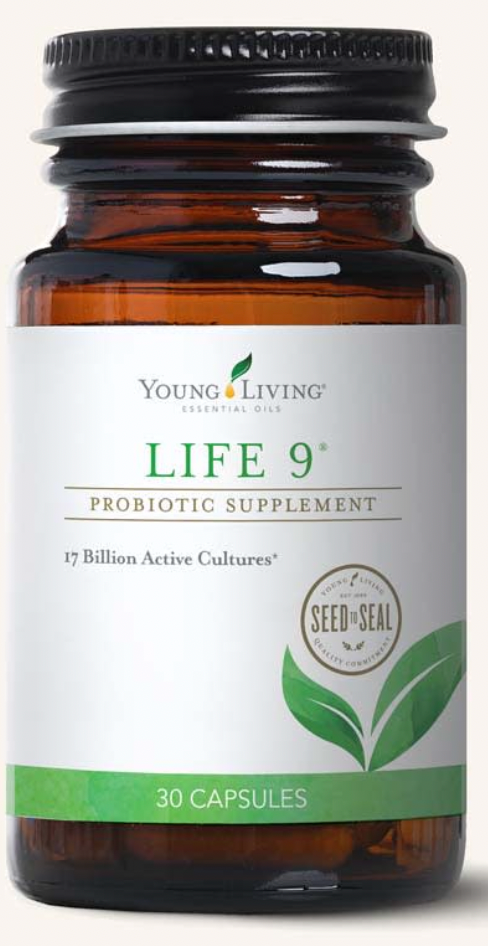
Life 9® is a highly potent probiotic with 17 billion live cultures from nine beneficial bacteria strains to support healthy immune function, maintain optimal metabolism, and promote normal intestinal function.
MightyPro
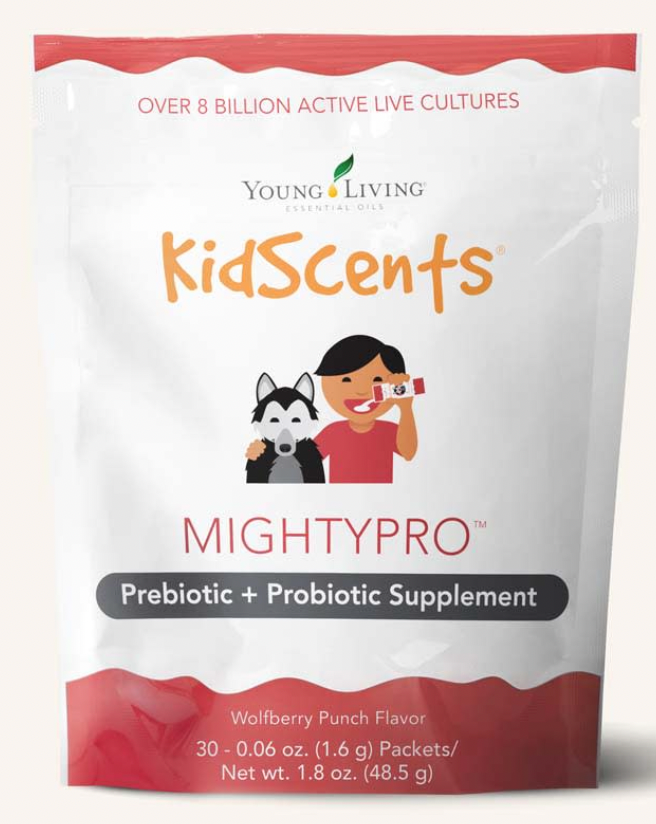
KidScents® MightyPro™ is a great-tasting blend of prebiotics and probiotics featuring over 8 billion active, live cultures specially formulated to support gastrointestinal, digestive, and immune health in children.
Personal note: Our four grandkids love the taste of MightyPro! Remember “Pixie Stix”? They ask us for a packet every morning instead of us trying to force them to take it! Adults can consume MightyPro as they are packaged in individual packets that you can carry in your purse or bag when traveling! Convenient Huh!
Summary
Daily probiotics will benefit your health by supporting digestion and your digestive system. Educating yourself on the types of probiotics available and which is best for your health is key. Purchasing probiotics from Young Livings should erase any doubts you may have about quality as they stand by their “Seed to Seal” guarantee and have a proven safety record.
If you would like to order one or both products, visit my website: Here
There you can learn how to set up your free account, save 24% off of retail prices, and earn valuable points to get free products by using their “loyalty program”!
In addition, you could also become a “Brand Partner” which can build your own business and start a “side hustle” with Young Living.
I hope this information was valuable to you and encourages you to join my education center so you will automatically receive these blogs and my monthly newsletter in your email box! Just click on the “Education Center Link " navigation bar on my website to join….it’s FREE!
THANK YOU!
